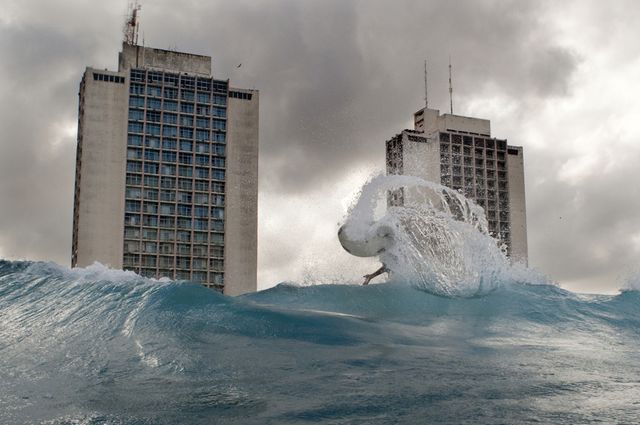
first fell in love with photography when he discovered a box of Playboys his father brought home from the United States. “They were beautiful color pictures, and I looked at them when my father wasn’t home,” he said in an interview published by blog in 2011. “Then my father learned what I was doing and he emptied the box of Playboys and replaced them with National Geographic.”
Photography was his father’s hobby, and Cervera took to it. “I used to cover all of my books for school with National Geographic,” he says. “I always wanted to be a photographer, but I studied engineering in the United States.”
His father pushed him away from chasing a career as a lensman. “His way of thinking was, if you don’t study something important, you will be nothing,” Cervera says. “Photography is nothing, so that’s how he thinks.”
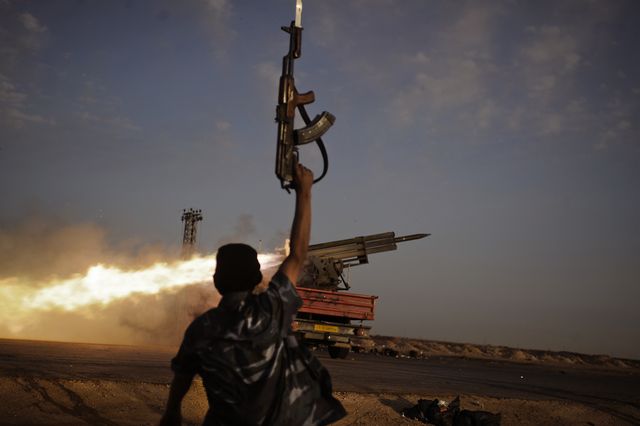
A girlfriend bought him a camera in college, and, against his father’s wishes, he followed his passion. In the last two decades, he hasn’t stopped shooting. He's taken assignments in Afghanistan and Sudan, and was not far from photographer Chris Hondros and Tim Hetherington when a mortar shell exploded and killed them in Libya in 2011. At least once a year, he takes a break to shoot surfing and refresh his mind. To find out more, I called the 43-year-old in Spain a day after he flew home from a two-week surfing shoot in Indonesia, an assignment he took after working on a much longer project in Afghanistan.
How did you get your first job?
I was probably 22 or 23. I had a friend who really wanted to do a story for a magazine about the war in Bosnia. It was 1992 or '93. One day he called me in the morning and he told me, Oh, you know how to take pictures. Why don’t we go together to Bosnia and do a story—freelance. We were really young. Nobody wanted to write us a letter to get into this area, but we made the trip. One magazine told us if we could get in, they would buy the story, so we went to Bosnia. That’s the first thing I did.
And did it sell?
Yes. I had a manual camera with slides, so I was really excited. I got this really old camera, an Olympus. I remember all of the photographers were using these really fancy Nikons or Canons and I just brought this old camera, and I could manage.
Did you do a lot of conflict photography after that?
At the beginning I only did Bosnia. I stopped because I was young, and Bosnia was hard. I stopped doing journalism. I started doing pictures for publicity in Barcelona, and learning technique, being quiet and calm. I was doing advertising photography for maybe 10 years. After being in the war, I was kind of soft and pretty young. I didn’t want to go back to the conflict area for a while. After about 10 years, I started to get into surfing photography, and then I felt like going back to do journalism. So I went to Pakistan, and that was about seven years ago.
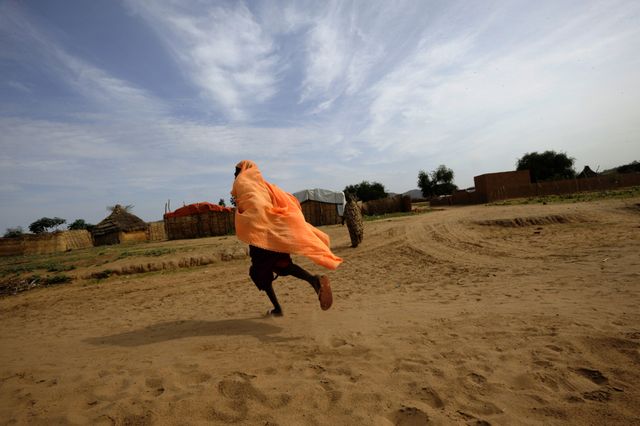
And since then you’ve shot in Libya, Afghanistan….
I was also in Pakistan, Sri Lanka, Chad, and Sudan.
How did you pick where you go?
At the beginning I tended to pick places where there weren’t many journalists around, just to be able to sell it. That’s why I went to Sri Lanka and Chad. But now I try to go where there are many people, and news people. Now it’s easier for me to sell. I also try to do different stories. These places are full of people doing the same thing, so always I try to focus in a different way.
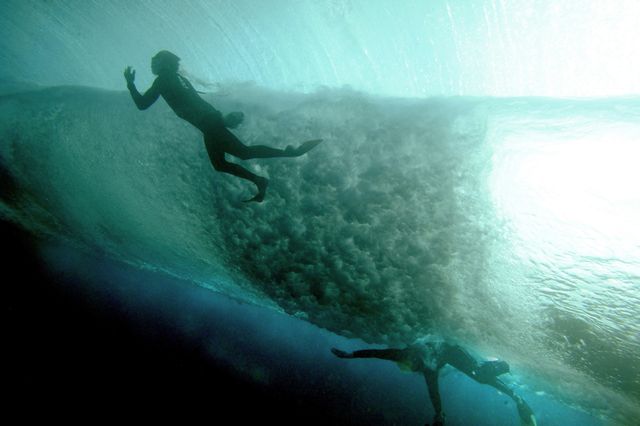
What’s been the most difficult assignment you’ve had to photograph?
I had to shoot these waves in Indonesia. When you go to war, it is really easy. Everything is crazy, so you just point your camera and take good pictures really easily, because it’s impressive all over. But sometimes, with stories like this surfing story in Indonesia, it’s really hard.
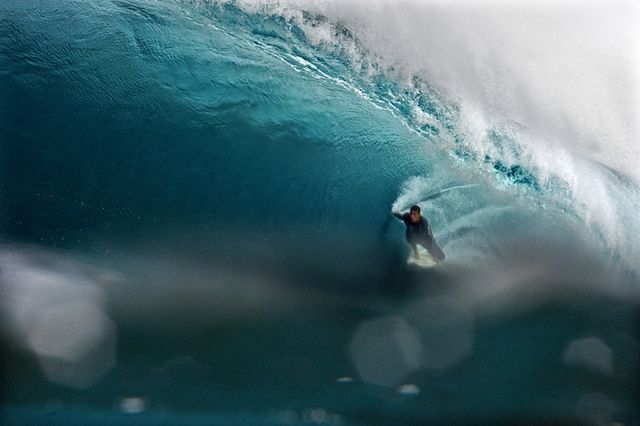
What’s the most difficult surf photo that you’ve taken?
It’s on my website. I had one picture that was really hard, because there were really, really crazy waves in the Canary Islands. There were three photographers in the water. One of them went out of the water because it was really deep and it was kind of dangerous. The others went out also, one hour after, because it was really big and really dangerous, and the wind was offshore, so the spray was going all over and the camera would not focus [on the surfer]. So it was really, really tricky. I saw a huge wave, and it came over me. It can be bad when that happens. But the camera just took the picture automatically. When I looked at the camera, I thought that it was really difficult and weird that was what happened.
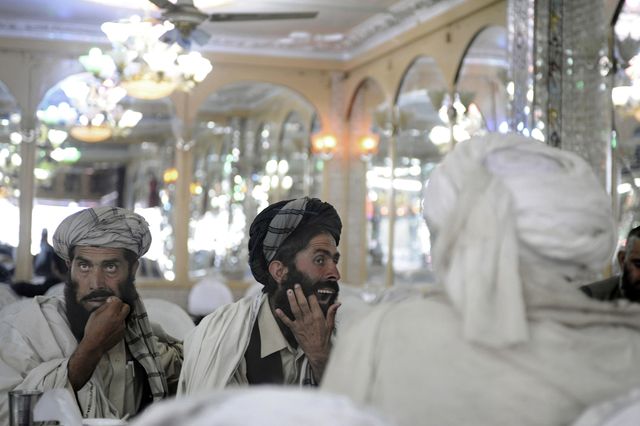
Why do you shoot surfing?
I need to keep my mind fresh. If you keep on doing war and war all of the time, I think you’ll get a little crazy. I have many friends that do war photography all of the time, and I don’t want to be like that. They are very obsessed with just that scene. For example, now I am in Afghanistan. I’ve just been shooting the regular life: people going to the swimming pool, guys playing golf outside of Kabul, and all of these things that are real life. I do this because the war will be over with soon. It will be the same thing in some other places, with American soldiers hanging around, but not in Afghanistan. So then we will be able to photograph that always, but not the real life in Afghanistan now. When the troops will leave, everybody knows the Taliban will get back to the power because they will be close again. That’s why I try to shoot different things always, because I am a little sick of the war. The war is always the same. People go crazy and kill each other. It’s more difficult to find other stories. So I try to focus on that now. Of course I record the part of war, because that’s part of the real life in these countries, but I try not to focus on that. It’s a part of the story.
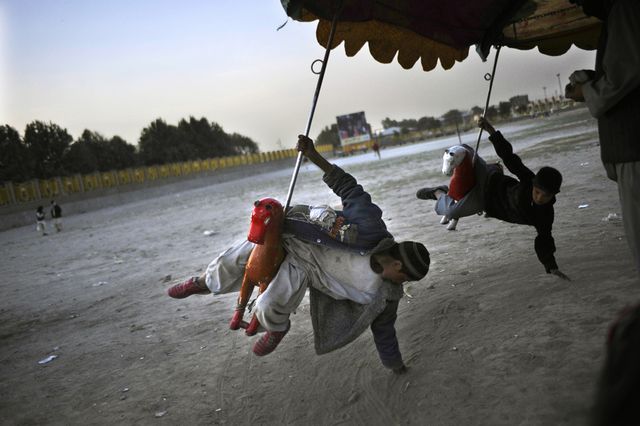
Why do the surf assignments refresh your mind?
It’s because you think differently with the camera in the water. You have to think in a completely different way. I love the water. When I get in the water, it lifts my spirit. I was in the water since I was a kid. My mother would go to the water, my father too.
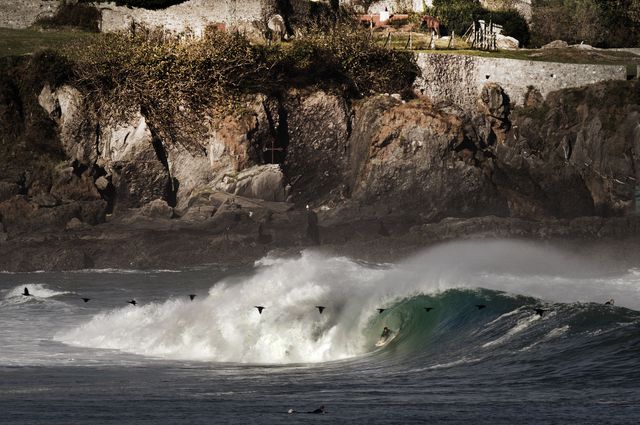
Canary Islands. Photo:
Which photos do you do more, surf or conflict?
I focus on more news and social issues than surfing. Surfing I try to do it just once or twice a year.
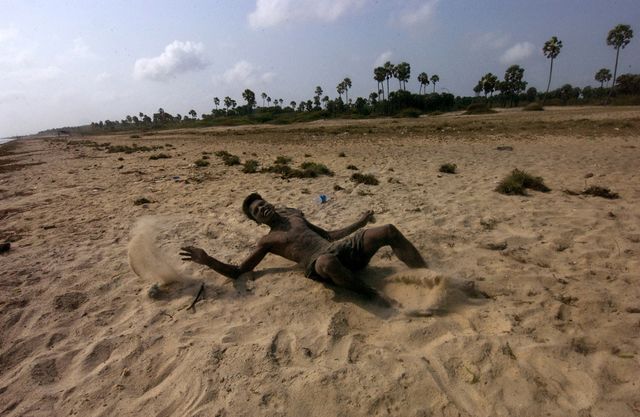
Do you have a current photo that you’re proud of?
I took it in Sri Lanka. There were no journalists doing what I was doing. I tried to sell them, but it was really difficult. I took this amazing picture of a fisherman in the north, in the area where the Tamil Tigers were. This guy used to take people from one side of the conflict zone to the other. A lot of the fishermen used to do that. I was with medics. I was spending some time with them in a base. We went to have a bite and suddenly we saw this boat coming, the government police, and they took the guys off the boat. I took a picture of this guy falling down on the beach. I like that picture. The government police took my camera and erased all of the pictures, but there are these programs where you can recover the pictures. I was very lucky.
So after all of your photos now, what does your father say about your decision to make photography a career?
That’s a good question. My father is the kind of, one of the type of people who don’t express their feelings really well. I think he’s proud, but he would never tell me. He sells arms to Saudi Arabia, so sometimes when I take these crazy pictures in wars he thinks, if something happens to me, he will feel guilty. Now he’s proud, but for a long time he said you should quit that job, that’s nothing. You should do something else. You know. I didn’t care about that.
Does he ever talk to you about any of your photos?
He never says… No. Well, this was funny. He never says anything, but I remember I got this cover in Newsweek of a Taliban face, so he made a copy and put it in the house. He hid it, though, you know.
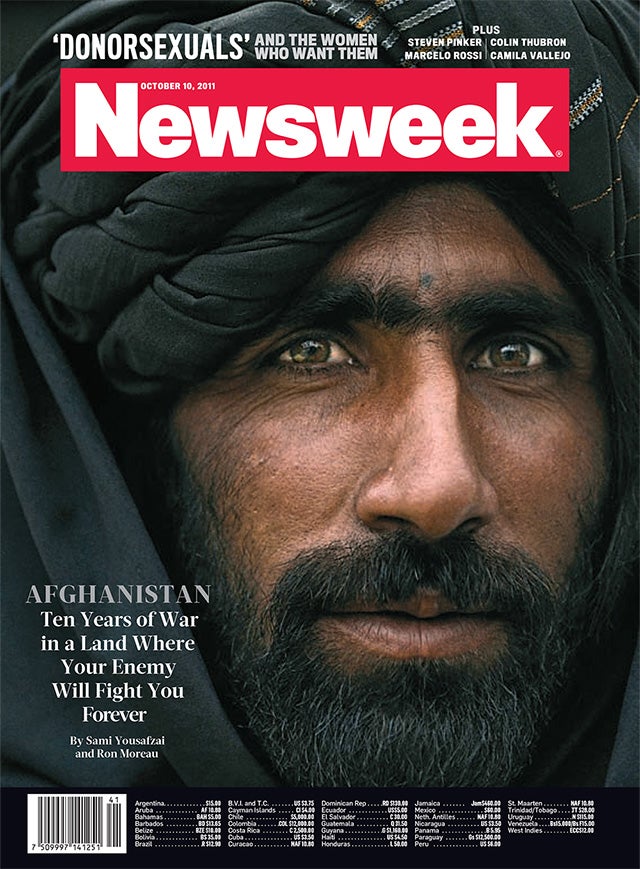
Newsweek Cover. Photo:
Click to see a photo gallery of surfing in the Canary Islands by Guillermo Cervera.
H/T: ,
—Joe Spring